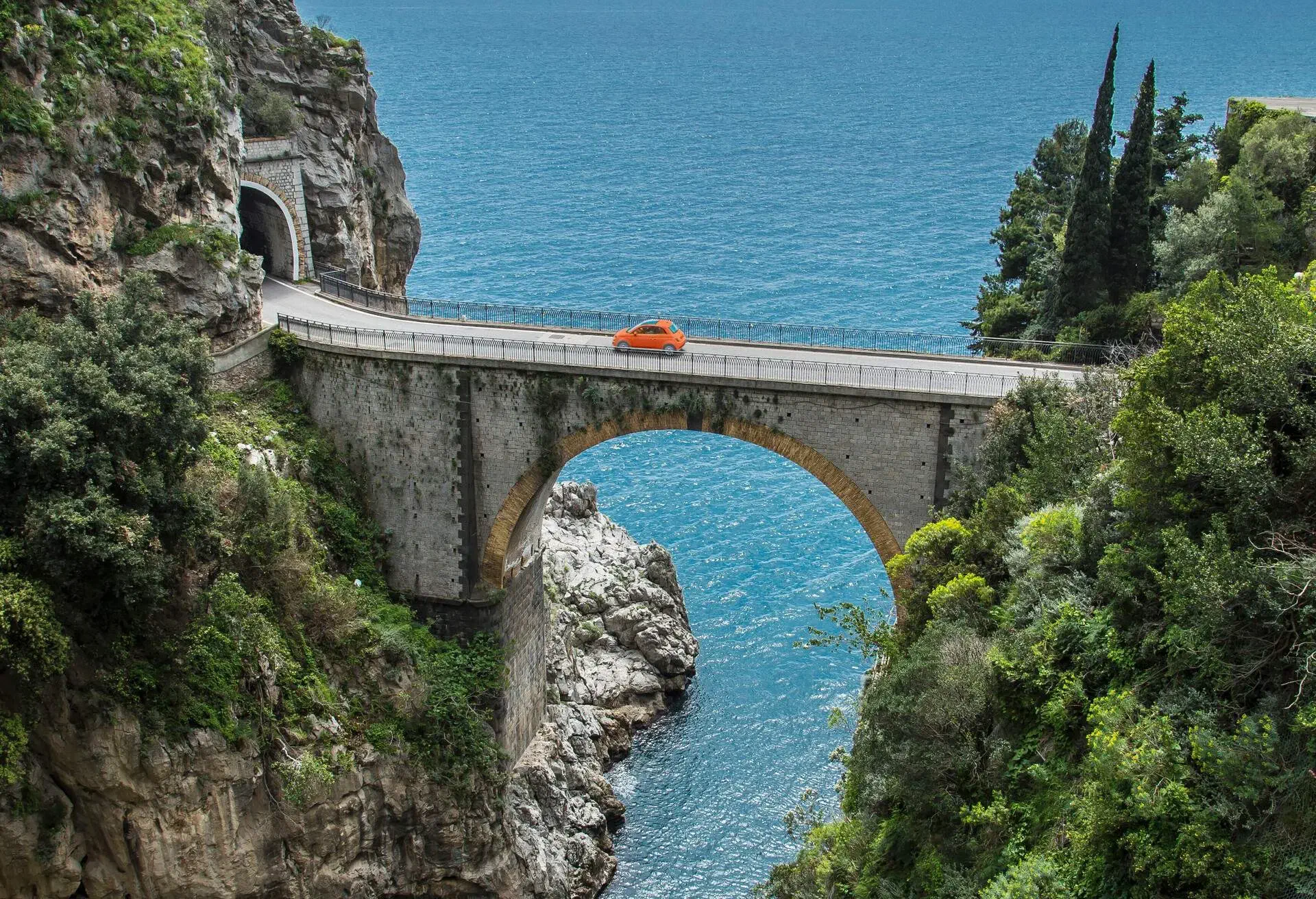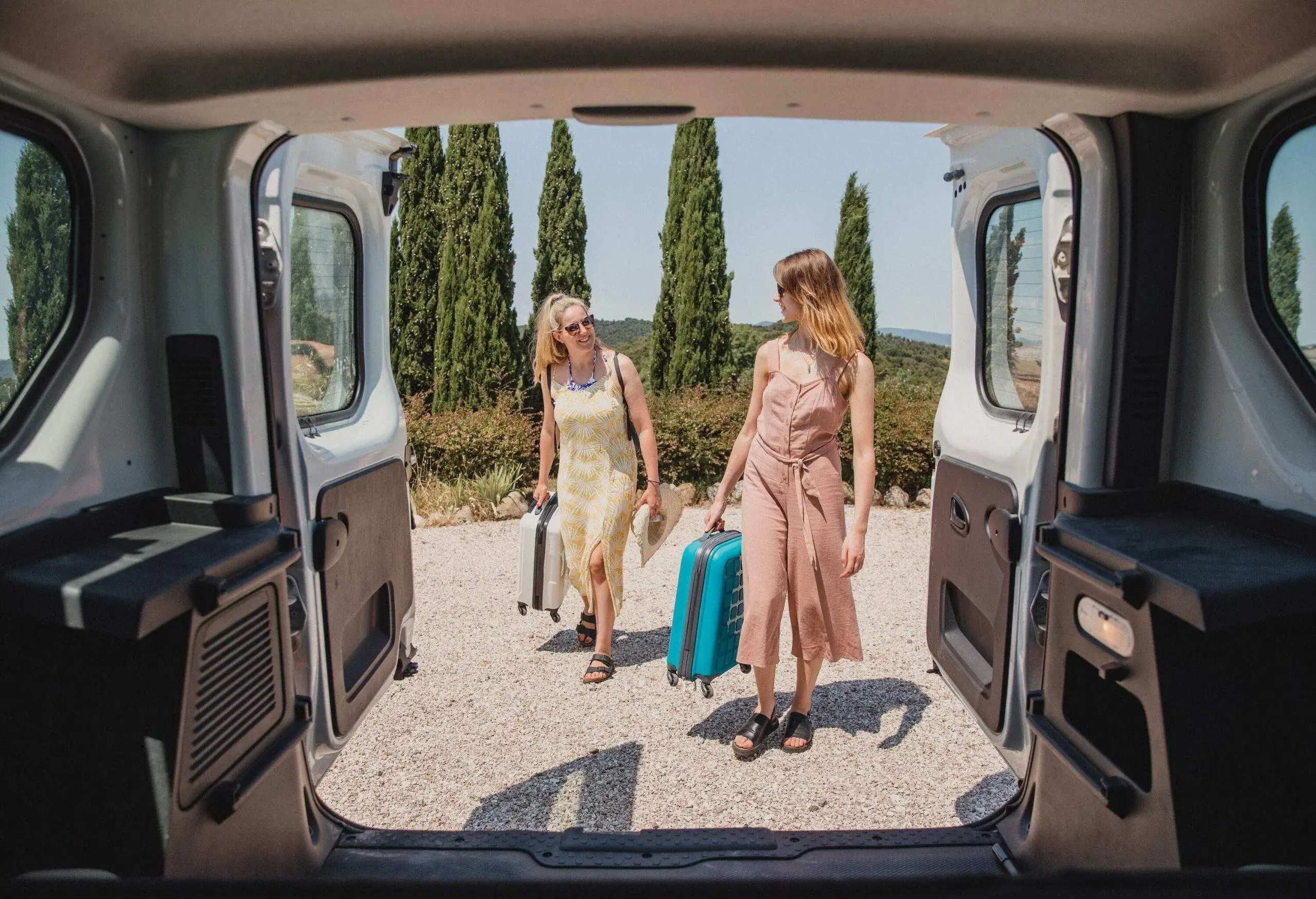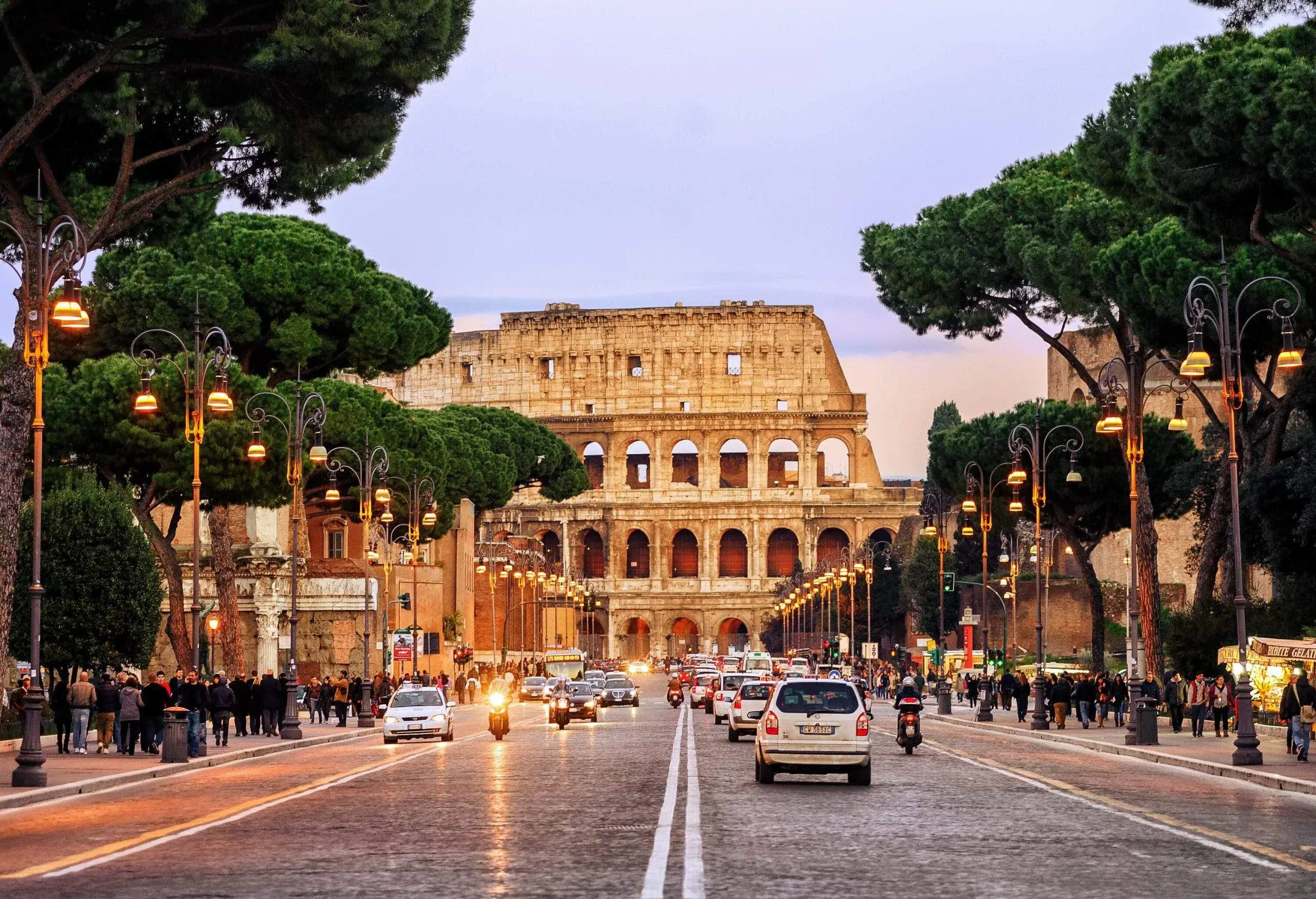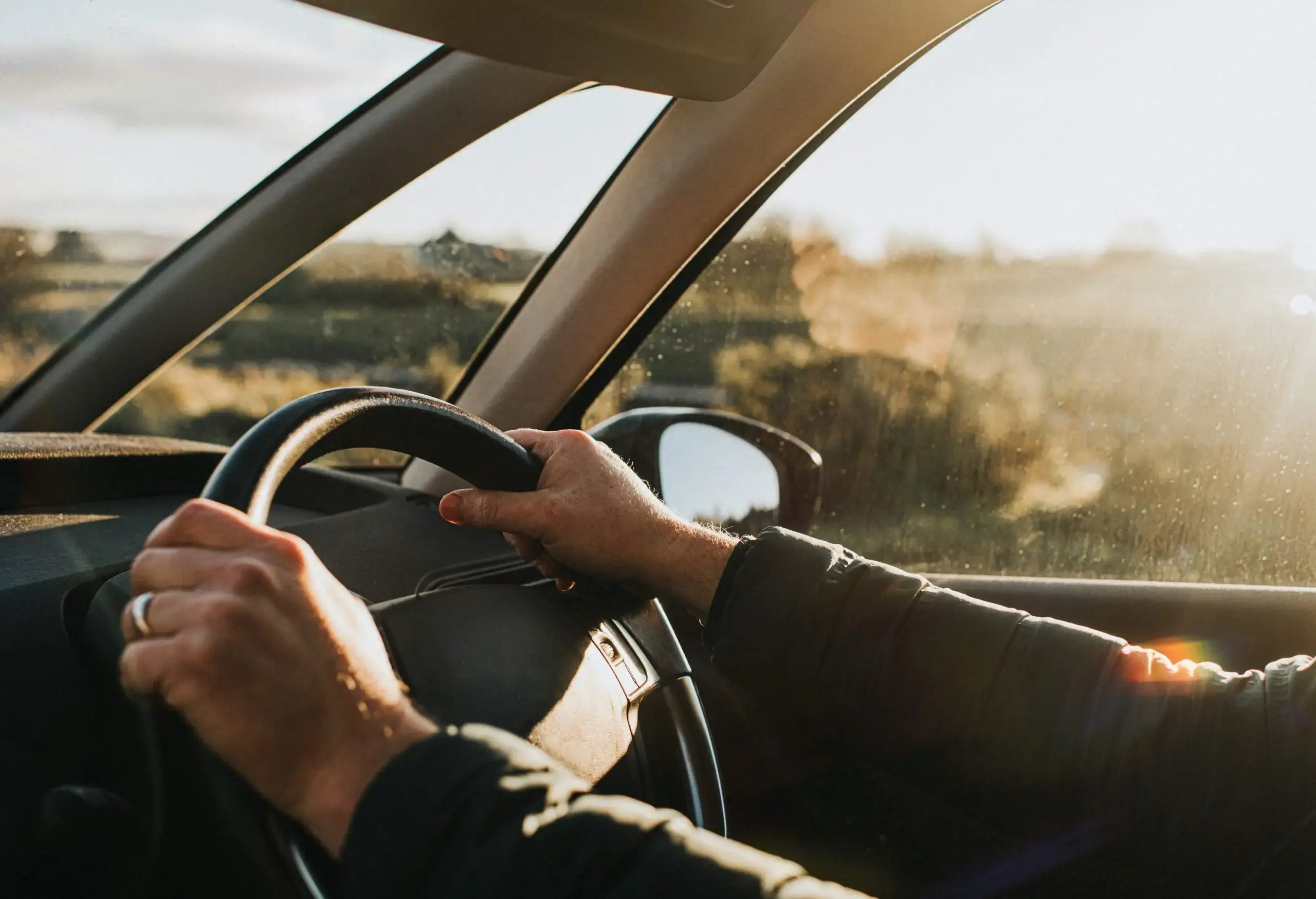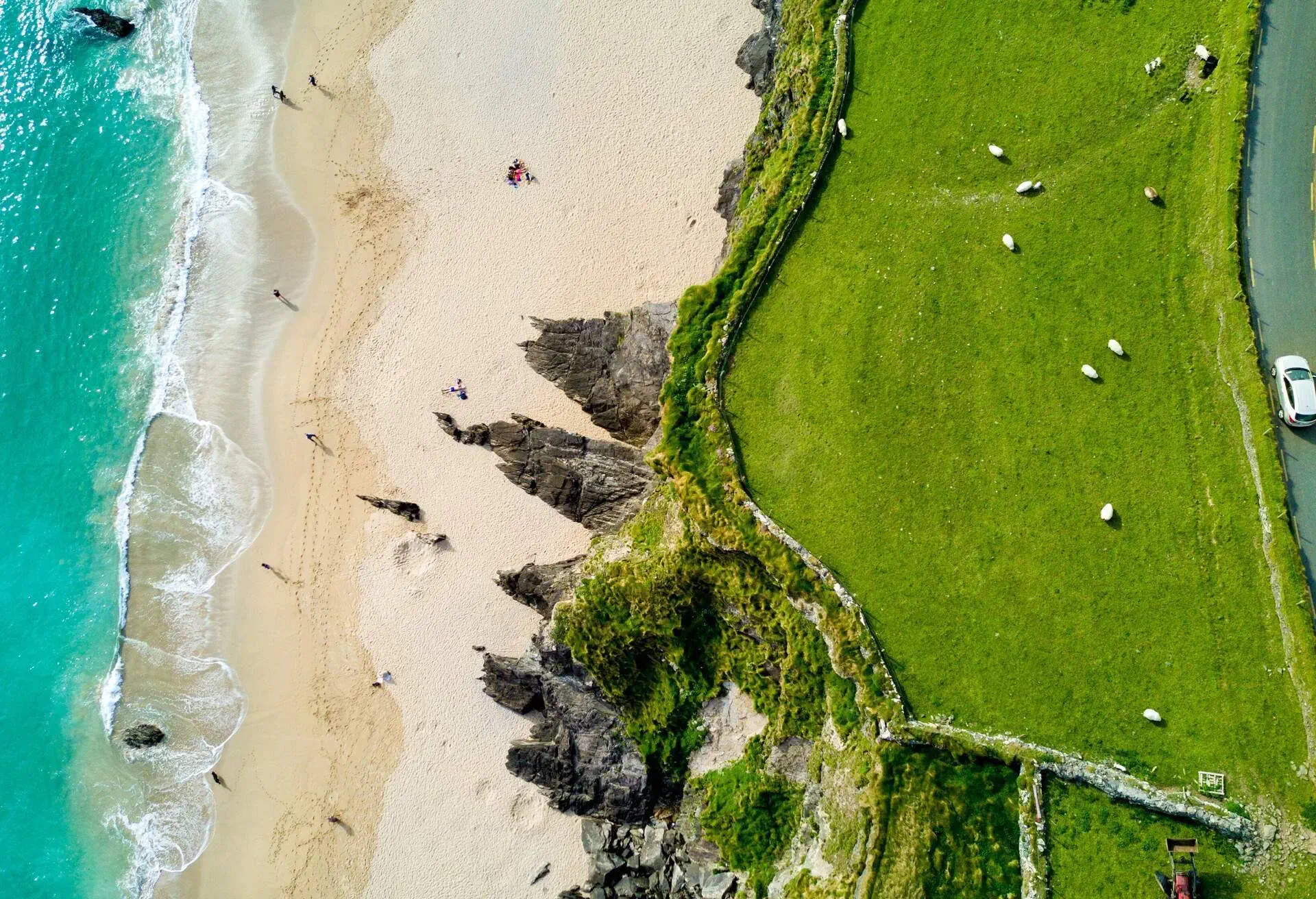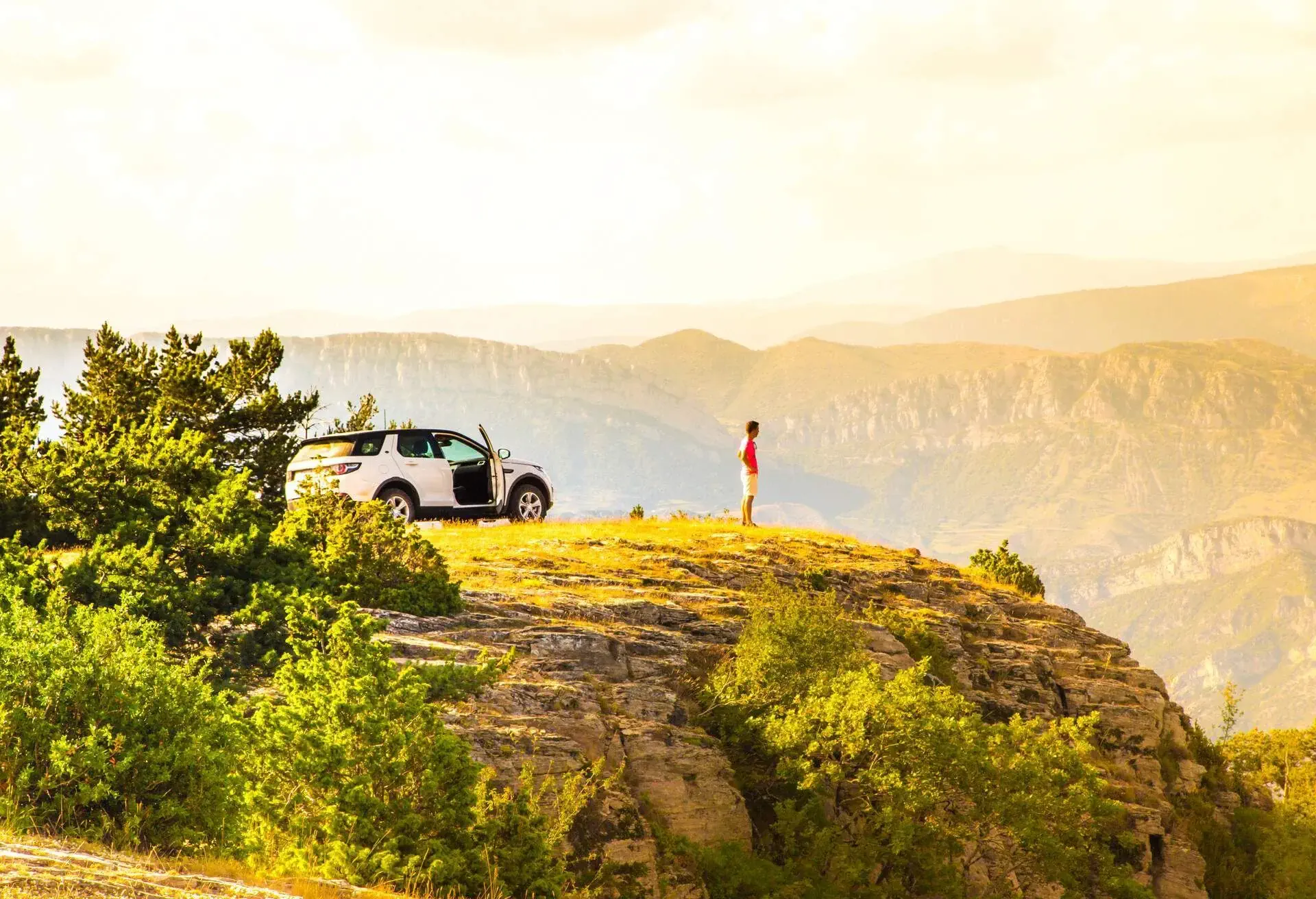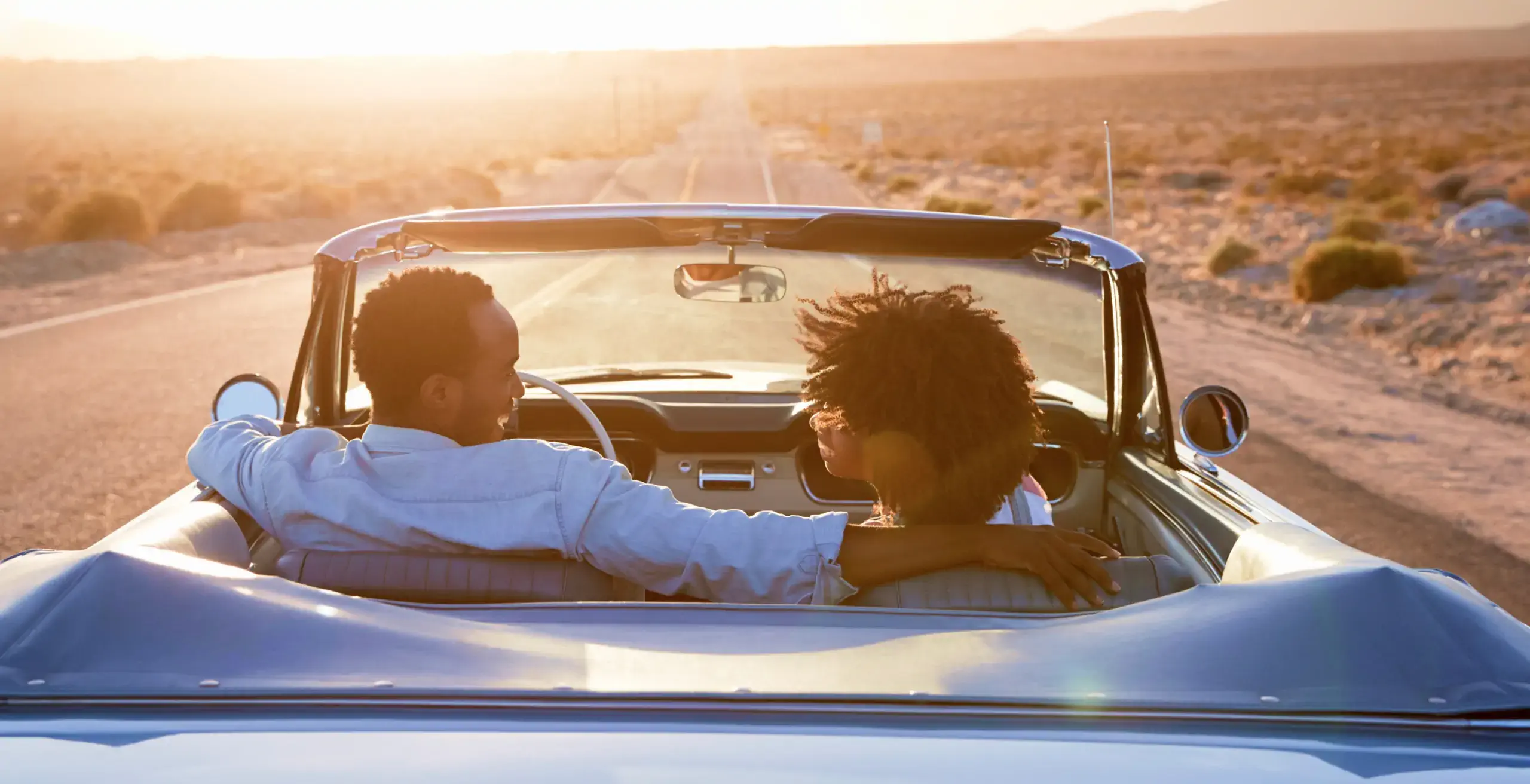Driving in Italy as a tourist can be tricky. But it’s not impossible, and renting a car can offer flexibility and access to hard-to-reach destinations. Here, a traveler’s guide to driving in Italy, from required documents to the rules of the road.
Requirements for driving in Italy
While planning your vacation or business trip, make sure you’re familiar with the rules and requirements for driving in Italy as a tourist.
Official documents required to drive in Italy
In order to drive in Italy, you will need the following documents:
- A valid driver’s license, and its translation in Italian, OR
- An International Driving Permit (more on that below), AND
- A valid passport (or National ID for EU citizens)
Most companies will also require a credit card for the deposit, but some agencies will accept debit cards. It’s important to check in advance with your rental car company on this point.
How to obtain an International Driving Permit for driving in Italy
US visitors who plan on driving in Italy will most likely need an international driving permit, or IDP. To obtain one, you’ll need a copy of your US driver’s license, two passport photos and a completed application.
Your local American Automobile Association (AAA) branch can handle the task for a small fee. You can make an appointment or mail in your application – but be sure to allow enough time before your trip to Italy.
Some car rental agencies in Italy may not ask for an IPD; your US license may suffice. But it’s highly recommended not to risk it, especially if you’re planning a road trip in Italy. In addition, some agencies will require you to have had your license for at least a year.
Car equipment required for driving in Italy
In addition to the above-mentioned documentation, you should have the following safety items with you in the vehicle. Rental cars should be equipped with these items as standard, but be sure to double check:
- Warning triangle
- High-visibility jacket
- Headlight beam deflectors (if you can’t adjust the beam manually, you will need deflector stickers)
Finally, keep in mind that Collision Damage Waiver (CDW) as part of your rental is a requirement to drive any car in Italy.
Renting a car in Italy: What else to know
Renting a car in Italy works much in the same way as it does in other European countries. Here, other key components to be aware of as you plan your trip.
How old do you have to be to rent a car in Italy?
The minimum age to rent a car in Italy is 18 years, though some rental agencies might set a higher minimum age of 21. Drivers under 25 might also encounter additional restrictions and fees.
Tips for booking and picking up a rental car in Italy
In Italy, most cars typically have manual transmission (stick shift). However, if you prefer to drive an automatic, make sure to specify this when you book. If you are booking your rental car in Italy online prior to your trip, be sure to include the required CDW (Collision Damage Waiver). Purchasing this at pick-up can often cost significantly more.
When you pick up your rental, make sure you inspect the vehicle closely and note every mark on the provided form before you leave. When you return the vehicle, take good photos inside and out as proof of the car’s condition upon return.
If you need to return the car with a full tank, make sure you refill it as close as possible to the return location, as even minimal amounts of missing fuel could incur charges.
Finally, don’t cross borders in Europe without first informing the rental company. If you are heading into a non-EU country, you may be required to have additional documentation as well as insurance coverage in all the locations you’ll be visiting.

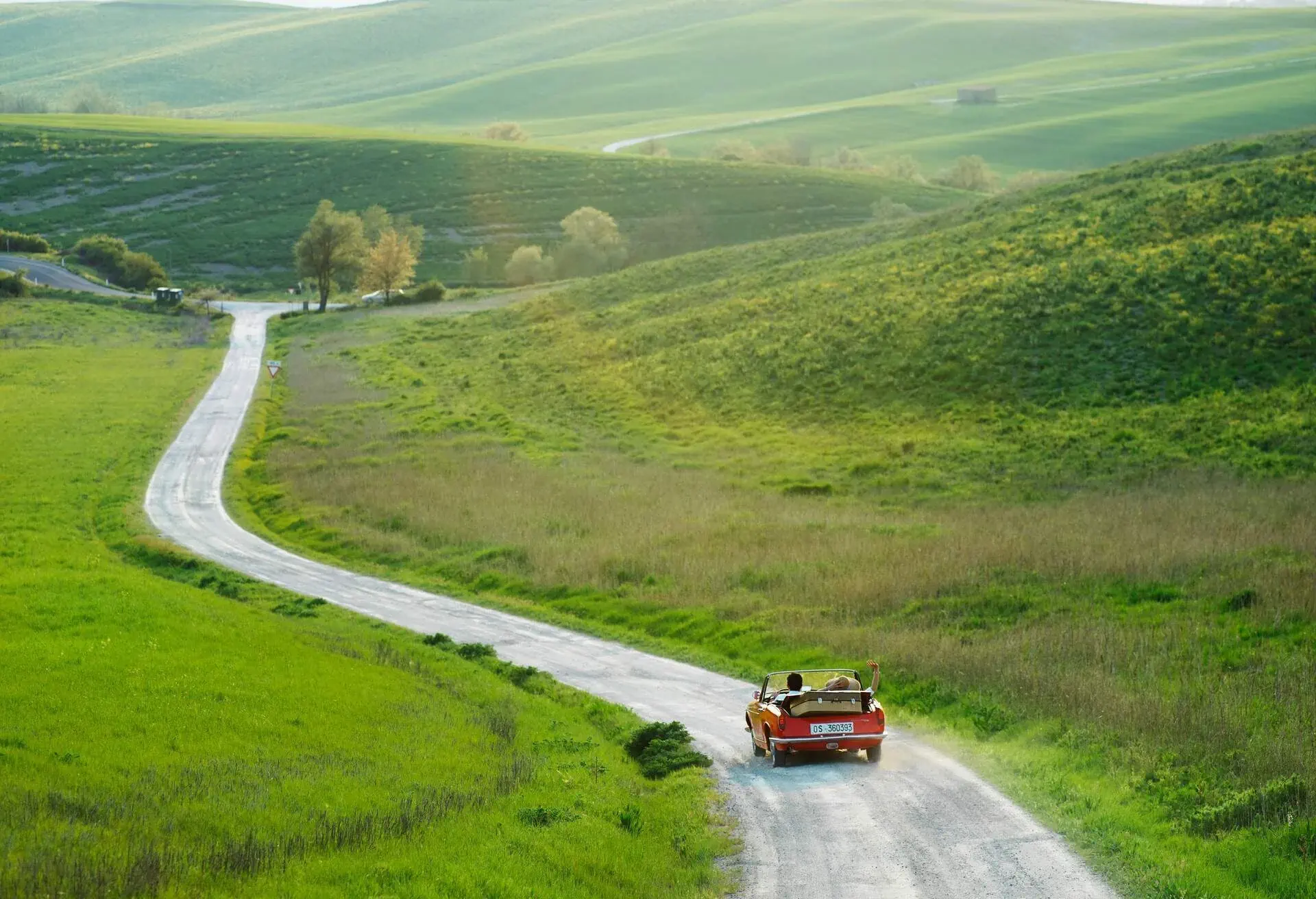
Rules of the road in Italy
When driving in Italy, you'll naturally need to pay attention to the rules, some of which differ from those in the US. Keep reading to learn everything about Italian driving rules.
Limited traffic or pedestrian zones (ZTL)
ZTL zones, also called “Zona Traffico Limitato,” are inner-city zones that have restricted access to non-residents at certain hours of the day. These are not locked zones and it is easy to drive through a ZTL area, but there are cameras which document every car that enters. Watch out for the flashing screen that says “ZTL Attiva,” which indicates that the restriction is currently active and you should not enter. In addition to ZTLs, some streets have been marked as "Area Pedonale,” which means a pedestrian zone. In these areas, all vehicles are restricted from entering.
If you park your car in a paid parking spot, set an alarm on your phone for a few minutes prior to the time you’ve paid for. It’s easy to lose track of time, and no one wants to return to their vehicle after a fun day of exploring to a parking ticket.
Travel expert Blane Bachelor
Highways and toll roads
A toll fee is required on some highways in Italy. Most toll roads are in the north; some of the most popular routes include the A1, which runs from Milan in the north to Naples in the south, and the A4, which links Turin in the northwest with Trieste in the northeast. You can pay the toll in cash to a teller or automatically via a machine. Both credit and debit cards are also accepted when paying through the machine.
Roundabouts and right of way
Roundabouts are very common in Italy. When entering a roundabout, you have to give way to drivers on your left and to any vehicles already on the roundabout. You don’t have to indicate upon entering the roundabout, but it is always a good idea to use your turn signal to indicate when you’re exiting.
Child seat regulations
If you are driving in Italy, you must adhere to regulations around child safety seats. They are as follows: Infants up to 9lbs (around 4kg) must be placed in a rear-facing child seat, children weighing up to 48.5lbs (around 20kg) must sit in a front-facing child seat and children weighing over 48.5lbs (around 22kg) can sit in a booster seat.
Blood-alcohol limits and drunk driving
For drivers of private cars, the blood-alcohol limit in Italy is 0.05%, which is less than the 0.08% limit in most parts of the US. The limit is 0% for professionals such as bus and public service vehicle drivers, as well as drivers who have held their driving license for less than three years.
Two good rules of thumb for any fine you may receive while traveling, driving related or not: Pay it as soon as possible to avoid additional fees, and document your payment by taking a screenshot in case you need proof of payment for insurance or anything else.
Travel expert Blane Bachelor
Parking
In Italy, spots marked with a blue border indicate paid parking spots, and you will usually find a meter or an automatic machine located within walking distance. Areas with a white line indicate free parking spots, while the yellow lines indicate parking spots for residents. Parking spots for the disabled are indicated with a wheelchair symbol and are usually free.
Fuel
Unleaded gas is called “benzina” in Italy, but will sometimes be indicated as “Super senza pb” at the gas stations, while diesel is typically indicated as “Diesel.” If not, look for the word “gasolio,” which is Italian for diesel. You can also find LPG (liquefied petroleum gas) in some stations. You can pay at gas stations using either cash or card.
Some gas stations have both self-service and the option of having your car filled for you. The latter is indicated by “Servito” and fuel typically costs more than self-service fuel. After hours, most petrol stations are self-service only and have an automatic payment machine where you’ll pre-pay before fueling up. As a general rule, both cash and cards are accepted as payment methods.
Driving in Italy – FAQs
Still have questions about renting a car or driving in Italy? Our answers have you covered.

